NIL
Anthony Davis warns college basketball culture is crumbling under chaotic NIL money battles
In an era where college basketball is navigating through uncharted waters, the influx of Name, Image, and Likeness (NIL) deals has stirred a mix of excitement and concern. At the heart of this evolving landscape is Anthony Davis, a Dallas Mavericks star whose collegiate achievements at Kentucky are etched in the annals of college basketball […]

In an era where college basketball is navigating through uncharted waters, the influx of Name, Image, and Likeness (NIL) deals has stirred a mix of excitement and concern. At the heart of this evolving landscape is Anthony Davis, a Dallas Mavericks star whose collegiate achievements at Kentucky are etched in the annals of college basketball history. Davis, whose freshman year feats propelled him to the pinnacle of college basketball, recently shared his insights on the seismic shifts being prompted by NIL agreements.
The Golden Era of College Basketball
Anthony Davis’s journey through college basketball was nothing short of spectacular. As a freshman at Kentucky, he not only clinched the Wooden National Player of the Year Award but also led his team to a national championship in 2012. With an average of 14.2 points, 10.4 rebounds, and an astonishing 4.7 blocks per game, Davis’s college career was a harbinger of his future success in the NBA. His transition from college to being the first overall pick in the 2012 NBA Draft by the New Orleans Hornets marked the end of an era and the beginning of his professional journey.
The NIL Conundrum
Fast forward to today, and the college basketball landscape has undergone a radical transformation, primarily due to the introduction of NIL deals. Davis, reflecting on these changes, highlighted the complexities and challenges that NIL has introduced into the sport. “It’s tough, because obviously they didn’t have that when I was in college,” Davis remarked, pointing out the stark differences between his time in college basketball and the present day.
The crux of Davis’s concern lies in the integrity of the game. The lure of NIL deals, according to him, has begun to overshadow the essence of college basketball, with players choosing schools not for their programs or the quality of coaching but for the financial incentives on offer. This shift, Davis argues, has not only affected the recruitment process but has also made it difficult for coaches to build and maintain a team culture. “It kinda takes away from the game a little bit because of—and I’m not hating—it takes away from the integrity in the sense of players are only going to certain schools because of the money,” Davis explained.
A Culture at Crossroads
The ability of players to transfer with ease, facilitated by the NIL deals, has further complicated the dynamics within college basketball. Davis pointed out that this fluidity in player movement threatens to erode the sense of community and continuity that teams strive to build. “The coaches either have to be more strategic with their recruiting, or if you don’t have a lot of money for NIL, that kind of takes away your school, your program, as far as being a top recruiter for some of these players,” he said, emphasizing the challenges faced by programs not flush with NIL funds.
The Path Forward
Despite the challenges posed by NIL, there’s an acknowledgment of its necessity. The principle that players deserve compensation for their contributions is widely accepted; however, the absence of regulation has turned the system into what Davis describes as the “Wild West.” This unregulated environment raises questions about the future of college basketball and whether it can find a balance between maintaining the sport’s integrity and ensuring fair compensation for its athletes.
As college basketball continues to navigate through the complexities of NIL deals, the insights of players like Anthony Davis offer a valuable perspective on the evolving landscape. The challenge ahead lies in finding a middle ground that preserves the essence of college basketball while embracing the inevitable changes brought about by NIL. The journey of adapting to these changes is just beginning, and the decisions made today will shape the future of the sport for generations to come.
NIL
Antonio Williams uses his NIL money in the best way possible
While some people hate the NIL era because of what it has done to recruiting and the pureness of that process, you can’t deny that college athletes deserve to make money off their image and likeness and it just needs more regulation. But when players use part of their NIL earnings the way Antonio Williams […]

While some people hate the NIL era because of what it has done to recruiting and the pureness of that process, you can’t deny that college athletes deserve to make money off their image and likeness and it just needs more regulation.
But when players use part of their NIL earnings the way Antonio Williams did over the weekend.
Williams donated $10,000 to his alma mater over the weekend after hosting his free youth football camp. This is exactly why NIL is necessary because while it benefits players, it also benefits their communities that they give back to.
Clemson receiver Antonio Williams with a $10,000 donation to his H.S. alma mater’s booster club. https://t.co/PGZBCghoxg
— Jon Blau (@Jon_Blau) June 28, 2025
According to the camp’s website, the Antonio Williams Camp was free and limited to just 200 participants so it was a popular sign-up. His camp focused on football skills, leadership, and motivation and took place on Saturday, June 28.
How can you still have a negative thought about NIL after seeing something cool like this?
Williams may be four years removed from high school, but he didn’t forget where he came from and donated a big check to his alma mater’s booster club. This type of money goes a long way at the high school level and he did this after hosting a free youth camp. This is what a leader looks like.
The talented wide receiver deserves all the good karma and juju heading into the 2025 season and he’s one 1,000-yard season away from being a first-round pick in the 2026 NFL Draft.
The projected first-team All-ACC wideout is also considered one of the top-five receiver prospects in the 2026 NFL Draft class. When he gets drafted next year, there’s no doubt that him giving back to his community will continue.
NIL
USC pitcher Brodie Purcell enters NCAA Transfer Portal
USC right-handed pitcher Brodie Purcell, an All-Big Ten second-team selection this past season, has formally entered the NCAA Transfer Portal, according to On3’s Pete Nakos. Purcell will have two years of eligibility remaining wherever he lands. The 6-foot-3 Purcell posted a 2.11 ERA with 51 strikeouts and 19 walks over 42.2 total innings across 27 […]
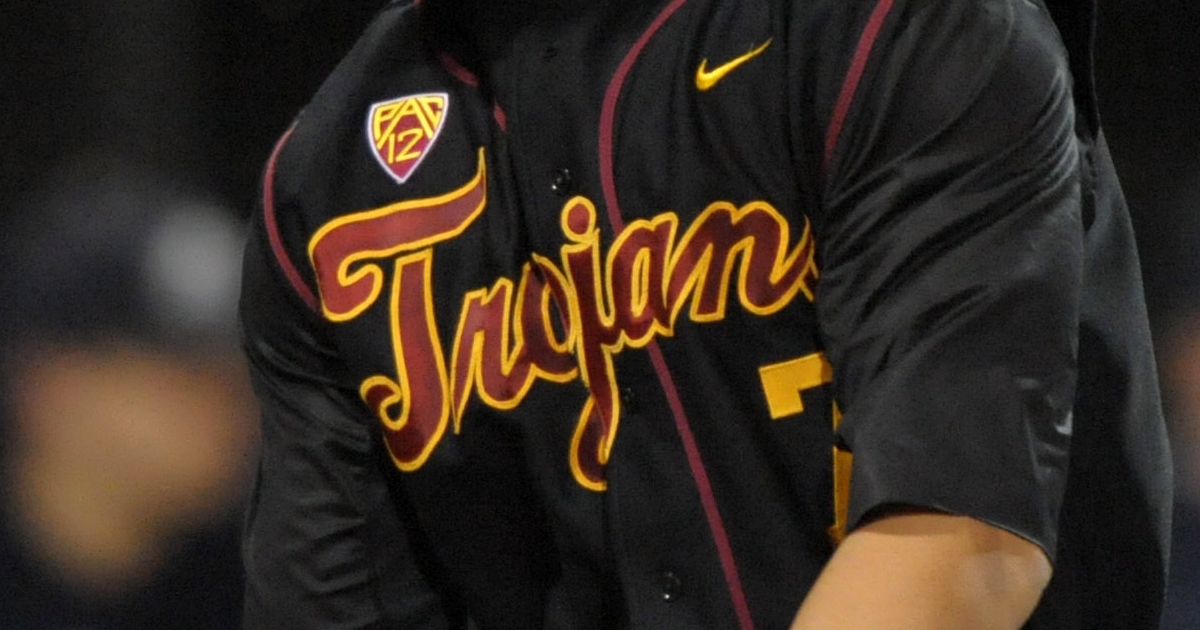
USC right-handed pitcher Brodie Purcell, an All-Big Ten second-team selection this past season, has formally entered the NCAA Transfer Portal, according to On3’s Pete Nakos. Purcell will have two years of eligibility remaining wherever he lands.
The 6-foot-3 Purcell posted a 2.11 ERA with 51 strikeouts and 19 walks over 42.2 total innings across 27 appearances in 2025, limiting opponents to a .177 batting average against him. It was a significant improvement off his 2024 totals when Purcell had a 4.03 ERA with 31 strikeouts to 17 walks in 29 innings pitched as a freshman.
Big Ten announces baseball awards for 2025 season
The Big Ten announced its 2025 baseball awards for the season as the Big Ten Tournament got underway Tuesday. Awards were handed out for individuals, as well as teams of players that performed the best this regular season.
PLAYER OF THE YEAR: Roch Cholowsky, So., SS, UCLA
PITCHER OF THE YEAR: Joseph Dzierwa, Jr., SP, Michigan State
DEFENSIVE PLAYER OF THE YEAR: Roch Cholowsky, So., SS, UCLA
FRESHMAN OF THE YEAR: Jake Hanley, Fr., 1B, Indiana
COACH OF THE YEAR: Mark Wasikowski, Oregon
ALL-BIG TEN FIRST TEAM
SP — Cade Obermueller, Jr., Iowa
SP — Aaron Savary, Jr., Iowa
SP — Joseph Dzierwa, Jr., Michigan State +
SP — Grayson Grinsell, Jr., Oregon
RP — Will Rogers, Sr., Michigan
RP — Seth Mattox, Sr., Oregon
RP — Isaac Yeager, Jr., Washington
C — Alex Calarco, Sr., Maryland
1B — Jacob Walsh, Sr., Oregon
2B — Mitch Voit, Jr., Michigan
SS — Roch Cholowsky, So., UCLA
3B — Ethan Hedges, Jr., USC
OF — Korbyn Dickerson, So., Indiana
OF — Devin Taylor, Jr., Indiana
OF — Mason Neville, Jr., Oregon
UTL — Reese Moore, So., Iowa
At-Large — Ryan Cooney, So., Oregon (2B)
At-Large — Paxton Kling, Jr., Penn State (OF)
+ unanimous selection
ALL-BIG TEN SECOND TEAM
SP — Cole Gilley, Sr., Indiana
SP — Reece Beuter, Sr., Iowa
SP — Michael Barnett, Jr., UCLA
SP — Max Banks, Sr., Washington
RP — Luke Broderick, Jr., Nebraska
RP — Michael Vallone, Gr., Purdue
RP — Brodie Purcell, So., USC
C — Daniel Rogers, Gr., Iowa
C — Weber Neels, Jr., Minnesota
1B — Logan Sutter, Sr., Purdue
1B — Mulivai Levu, So., UCLA
2B — Ryan McKay, So., Michigan State
SS — Chris Hacopian, So., Maryland
3B — Roman Martin, So., UCLA
OF — Vytas Valincius, Sr., Illinois
OF — Trevor Cohen, Rutgers
OF — AJ Salgado, Sr., UCLA
UTL — Jack Porter, So., Penn State
At-Large — Jake Hanley, Fr., Indiana (1B)
At-Large — Benny Casillas, Gr., Michigan (SS)
ALL-BIG TEN THIRD TEAM
SP — Kyle McCoy, So., Maryland
SP — Jason Reitz, Jr., Oregon
SP — Caden Aoki, Sr., USC
RP — Zach Bates, So., Illinois
2B — Abbrie Covarrubias, So., USC
SS — Maddox Molony, So., Oregon
3B — Owen McElfatrick, Jr., Northwestern
OF — Ben Wilmes, Sr., Iowa
OF — Anson Aroz, Jr., Oregon
OF — AJ Guerrero, Sr., Washington
UTL — Dominic Hellman, Jr., Oregon
At-Large — Jacob Schroeder, Gr., Illinois (C)
(no C, 1B due to second team ties)
— On3’s Nick Kosko contributed to this report.
NIL
Clemson Facing NIL Test as New Threat Emerges for 5-Star LB Tyler Atkinson
Clemson Facing NIL Test as New Threat Emerges for 5-Star LB Tyler Atkinson originally appeared on Athlon Sports. Clemson is in for a fight if it wants to land one of the nation’s top defensive players. Advertisement Five-star linebacker Tyler Atkinson has wrapped up his official visits, and the Tigers—who hosted him first in June—remain […]
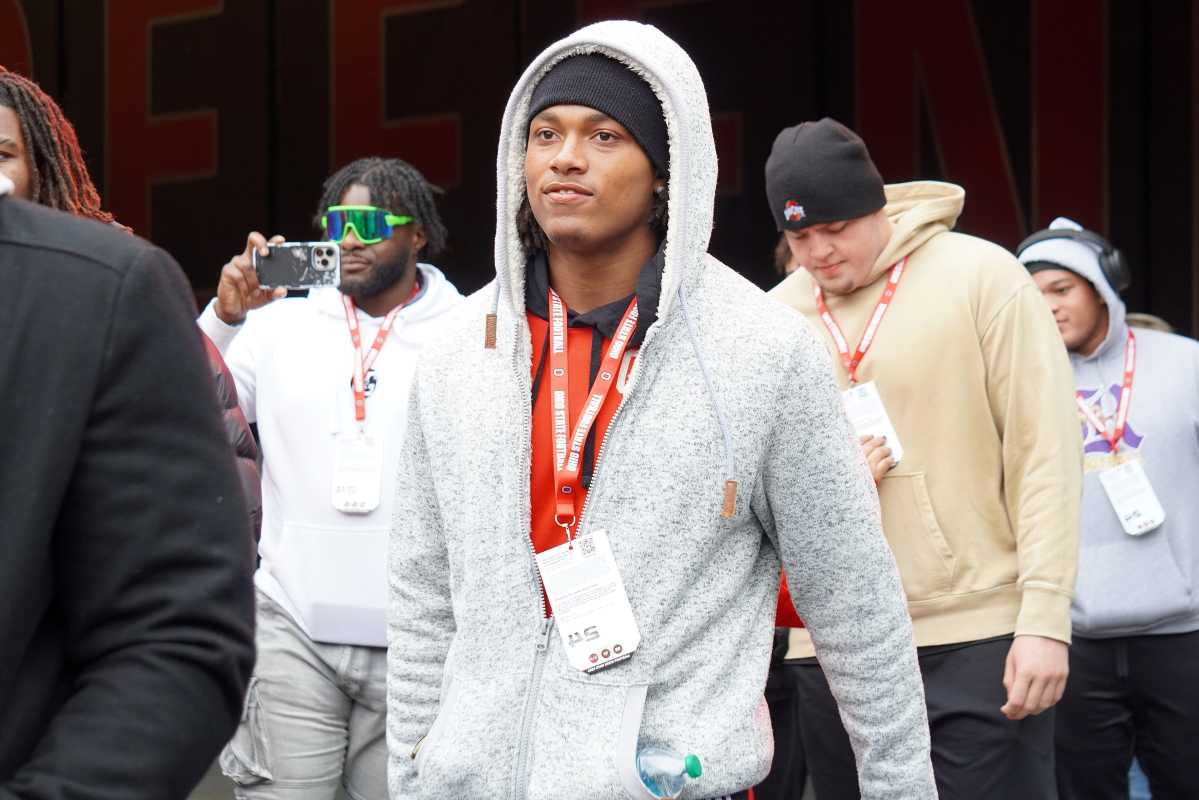
Clemson Facing NIL Test as New Threat Emerges for 5-Star LB Tyler Atkinson originally appeared on Athlon Sports.
Clemson is in for a fight if it wants to land one of the nation’s top defensive players.
Advertisement
Five-star linebacker Tyler Atkinson has wrapped up his official visits, and the Tigers—who hosted him first in June—remain in the mix. But the dynamic around his recruitment may be shifting, and Clemson’s traditional recruiting model could soon face its toughest NIL-era challenge yet.
Atkinson, the No. 1 linebacker and a top-10 overall prospect in the 2026 class, kicked off his June with a visit to Clemson. That early positioning gave Dabo Swinney’s staff an important window to make a lasting impression, one built on player development, culture, and a no-nonsense approach to the transfer portal and NIL.
But the college football world is evolving—and fast.
Following stops at Oregon and Georgia, Atkinson’s final visit to Texas has stirred national buzz. According to On3’s Steve Wiltfong, the Longhorns may now be the biggest threat to Georgia’s standing as the perceived leader.
Advertisement
“I think you could look at Texas as the biggest threat to Georgia,” Wiltfong said in a recent update, highlighting that this recruitment may be far from over.
Texas’ late push has some wondering whether Clemson can keep pace in an NIL-driven race. Atkinson recently signed a high-profile NIL deal as part of Adidas new Adizero class, placing him among a select group of high school athletes already earning national branding deals. For a player already building his name off the field, the allure of an NIL-friendly environment could be pivotal.
That’s where Clemson’s challenge becomes clear. Swinney has built his program on stability and long-term growth, not flashy offers or short-term financial gain. While the Tigers have NIL infrastructure in place, their more controlled, culture-first approach often contrasts with the aggressive NIL strategies seen at places like Georgia, Oregon, and Texas.

Grayson High School linebacker Tyler Atkinson.© Lori Schmidt / Columbus Dispatch / USA TODAY NETWORK via Imagn Images
Still, Clemson has a track record of developing elite defenders and sending them to the NFL. If Atkinson values a proven pipeline and the kind of environment that has helped many Clemson stars thrive, the Tigers can still be a real contender.
Advertisement
Whether that’s enough in today’s recruiting climate remains to be seen. Clemson was the first school to get him on campus this summer; that first impression could still matter, or Atkinson may have been wowed by everyone else since.
As no decision time has been made, Clemson remains in the race. But now, it’s clear they’ll need to overcome not just SEC rivals—but the shifting winds of NIL as well.
Related: Cade Klubnik Takes Shot at Transfer Culture, Praises Arch Manning but Snubs Rival
Related: Jaguars Could Add Former Clemson Rival in Late Offseason Move
Related: Former MLB Umpire Who Ejected Clemson Star Strikes Again in CWS Controversy
This story was originally reported by Athlon Sports on Jun 28, 2025, where it first appeared.
NIL
How NIL Plays a Factor in Terrance Ferguson's Contract Negotiations
When the Rams selected Terrance Ferguson, there was no way they could have anticipated that he would be holding out for guaranteed money. Why did they believe that? Because it doesn’t happen. That was until the Browns and the Texans gave Carson Schwesinger and Jayden Higgins fully guaranteed deals. Now all second-round picks are trying […]
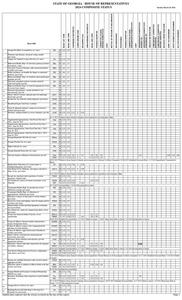
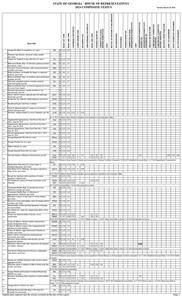
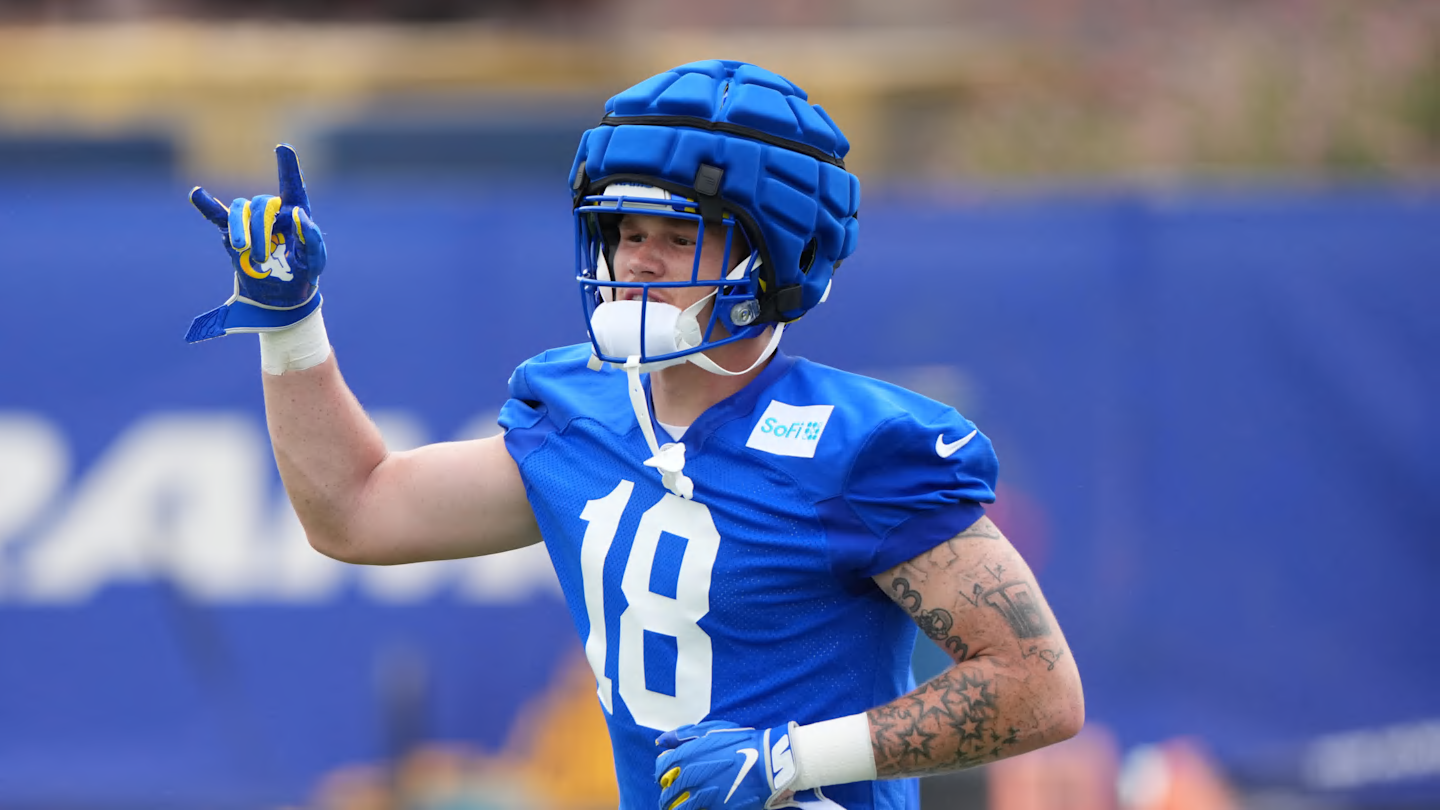
When the Rams selected Terrance Ferguson, there was no way they could have anticipated that he would be holding out for guaranteed money. Why did they believe that? Because it doesn’t happen.
That was until the Browns and the Texans gave Carson Schwesinger and Jayden Higgins fully guaranteed deals. Now all second-round picks are trying to get fully guaranteed deals of their own, and while in the past, NFL teams could wait those players out, these players are entering the NFL with millions in their bank accounts due to NIL.
For Ferguson, he’s arguably the greatest tight end in Oregon history. He’s without a doubt the highest-paid tight end in Oregon history, having been a part of the Ducks’ NIL collective since 2022. Oregon is also funded by Phil Knight, the co-founder of Nike, so Oregon has one of the biggest war chests in college football.
While it’s unknown exactly how much money Ferguson made (including his own NIL deals), 49ers tight end George Kittle provided insight into the wealth disparity between collegiate football players and non-first round NFL players on rookie contracts.
Some NFL rookies made more in NIL than they make in the league
pic.twitter.com/LY3qQMCuRx
— Bussin’ With The Boys (@BussinWTB) June 28, 2025
“I’m not gonna name any of their names, but like, we had a great rookie class. Like, every offensive install that we do during OTAs, a rookie has to get up and tell a joke. We make him do name, school, signing bonus, and this year we added NIL. One of the kids was like, yeah, I made, he was undrafted. He goes, I made $30,000 signing bonus. Like, ooh, yeah, good for you, man. And then he’s like, I made $700,000 in NIL.
Kittle was then asked what’s the highest number he had heard and Kittle responded that it was over a million.
Thus, players like Ferguson are able to get set up with housing, transportation, and any other needs/luxuries before they receive a dime of the NFL paycheck.
To Ferguson’s credit, his contract hasn’t been a factor in his preparation. He’s been to every Rams event, he’s been working hard, and Ferguson is fitting in just fine.
He also can’t play without a contract. He knows it, the Rams know it, so Ferguson holds the leverage as the Rams and the NIL try to navigate the new waters of drafting millionaires.
Ensure you follow on X (Twitter) @RamsInsideronSI and @BrockVierra and never miss another breaking news story.
Please let us know your thoughts when you like our Facebook page WHEN YOU CLICK RIGHT HERE
NIL
Tennessee LHP Michael Sharman commits to Clemson out of NCAA transfer portal
Tennessee left-handed pitcher Michael Sharman has committed to Clemson via the NCAA Transfer Portal, he announced on Instagram (@michaelsharman_) Saturday afternoon. The Woodstock, GA, native appeared in 17 games (three starts) for Tennessee this season. He pitched to a 3.18 ERA in 22 2/3 innings with 25 strikeouts, 10 walks and a .229 opponent batting […]
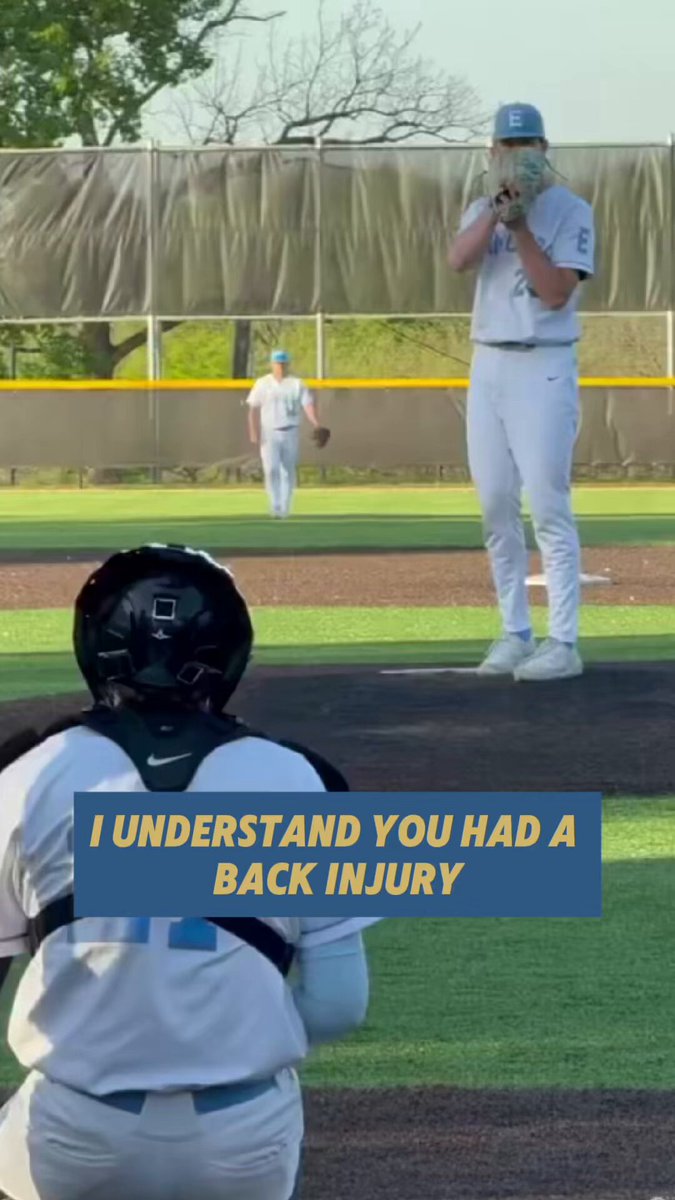


Tennessee left-handed pitcher Michael Sharman has committed to Clemson via the NCAA Transfer Portal, he announced on Instagram (@michaelsharman_) Saturday afternoon.
The Woodstock, GA, native appeared in 17 games (three starts) for Tennessee this season. He pitched to a 3.18 ERA in 22 2/3 innings with 25 strikeouts, 10 walks and a .229 opponent batting average.
Sharman transferred to Knoxville after two seasons of JUCO ball at Parkland (2023) and Georgia Highlands (2024). The right-hander dominated at that rank, totaling 157 strikeouts in 150 innings over two seasons. He was okay in relief for Tony Vitello‘s team this season, but did not pitch again after his appearance against Belmont on May 13.
Clemson Transfer Portal departures:
・LHP BJ Bailey
・OF Tristan Bissetta (Ole Miss)
・RHP Luke Brown
・LHP Jackson Cole
・LHP Ethan Darden (Texas A&M)
・LHP Hudson Lee
・OF/LHP TP Wentworth (Oklahoma State)
Clemson Transfer Portal additions:
・OF Bryce Clavon (Georgia)
・OF Ty Dalley (Mercer)
・SS Tyler Lichtenberger (Appalachian State)
・C Nate Savoie (Loyola Marymount)
・LHP Michael Sharman (Tennessee)
・RHP Hayden Simmerson (Catawba)
・RHP Ariston Veasey (Alabama)
・OF Ryan Wideman (Western Kentucky)
Head coach Erik Bakich is bringing in one of the best transfer classes in the country heading into his fourth season in charge, where he’s led the Tigers to three NCAA Tournament Regionals and one Super Regional.
The post Tennessee LHP Michael Sharman commits to Clemson out of NCAA transfer portal appeared first on On3.
NIL
NIL confusion raises alarms and concerns among Florida football alumni
Big-time college football has become a Wild West situation, marked by new rules for name, image, and likeness (NIL), where players now receive salaries from schools, and the transfer portal, which enables student-athletes to move from one school to another from year to year. This new anything-goes-era of major college football has former University of […]
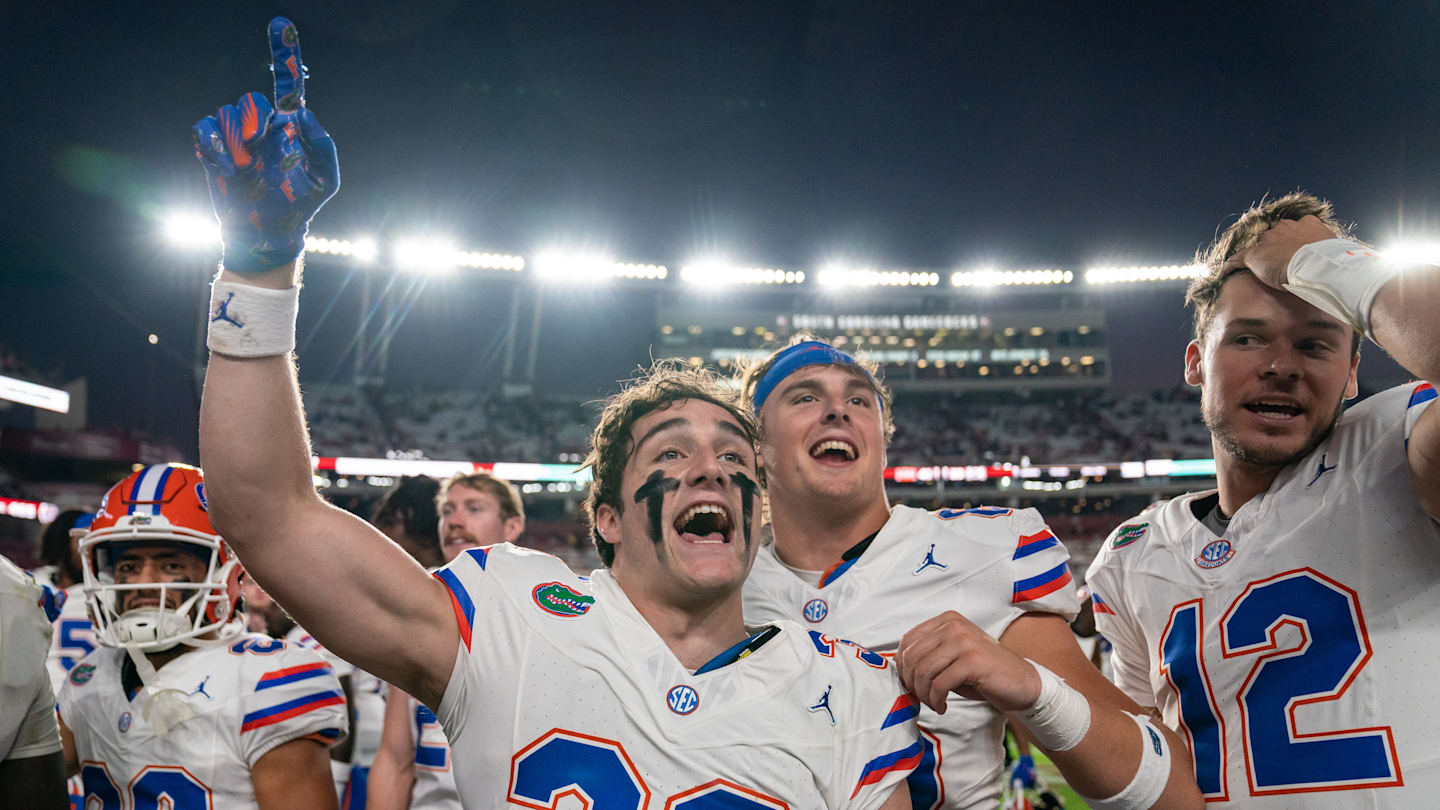
Big-time college football has become a Wild West situation, marked by new rules for name, image, and likeness (NIL), where players now receive salaries from schools, and the transfer portal, which enables student-athletes to move from one school to another from year to year.
This new anything-goes-era of major college football has former University of Florida gridiron players a bit concerned about the state of the game and lost loyalty to one team. The NCAA’s power programs now resemble pro teams. Some even describe it as NFL Jr.
“NFL Jr.? No.” said Jon Xynidis, who played safety and special teams for the Gators from 1994-97. “I think it’s the NFL with no rules. No salary cap, trade rules, nothing.”
Former Florida Gators express views on NIL
Beginning this season, athletic programs will be allowed to share revenue directly with their athletes. Based on a court-ordered mandate, every school will be allowed a cap of $20.5 million in direct payments to athletes in the first year, increasing by 4 percent every season for the next 10 years.
Former UCLA basketball player Ed O’Bannon is widely considered the Father of NIL. He fronted a lawsuit in 2015 that eventually led to players taking control of their NIL, which opened the door for athletes to lend their name to products and services for profit.
It’s a far cry from John Schnebly’s college experience. Schnebly was the Gators backup quarterback and placeholder under head coaches Ray Graves (1968-69) and Doug Dickey (1970-71).
“When I played, I got what I bargained for,” said the 75-year-old Gator pigskin alum. “I got a good education. They fed me and took care of me. Whether I needed new shoes or to fix a broken leg, the Gators took care of it.”
“Am I jealous of these guys? I don’t know,” he added. “I guess maybe a little bit. To me it seems like these rules make it very difficult to coach because you don’t know what players you’re going to have from year to year.
“These days they can leave and go play someplace else if they want. Maybe they get a little better offer, and they are gone. So, there’s no loyalty. It’s all about what each individual gets. It’s definitely different.”
John Schnebly played quarterback and was placeholder for the Gators from 1968-71. pic.twitter.com/PmkQ9WbvV5
— #GodwinKelly (@godwinkelly) June 27, 2025
Xynidis, 49, played for legendary Head Coach Steve Spurrier, who advocated for player pay in the 1990s. The Gators won the SEC Championship each year Xynidis was on the team. UF captured the NCAA National Championship in 1996. No big money was being tossed around in those days.
“We struggled in college,” he said. “We got a stipend for food and for rent. You had to have a side job to get out to dinner or go on a date or whatever it was. It wasn’t easy living but it was part of the experience so I appreciated it.
“Would have been a different experience if I had been given $5,000 a month? Yeah. I can see why they did this because the schools were profiting off the players and the players deserved to share in that. But I can see that a lot of the sacred stuff about college football may be gone. Back when I played it the big thing was (college programs) turning boys into men. Now when schools recruit players, the players ask, ‘How much am I going to get paid?’ That part is unfortunate.”
Jon Xynidis played safety and special teams for the Gators from 1994-97. He was part of the 1996 National Championship team. pic.twitter.com/bEXYb3DoBn
— #GodwinKelly (@godwinkelly) June 27, 2025
Seemingly gone are the days of developing a high school athlete with potential into a stellar player. Schnebly believes some football coaches have left the game because of these new rules.
“Because it’s too difficult to work your butt off to get good players, then somebody offers them some more money and they go off down the road after you spent all that time to get the player to a certain level,” he said. “It’s definitely going to change things, well, it already has to some degree. I guess people will have to adjust to it.”
Xynidis agreed and cited this recent example.
“What bugs me is the freedom players have to move from team to team,” he said. “Take, for example, the Florida basketball team. There was a kid, Denzel Aberdeen, who just transferred to Kentucky for his senior season. He was sure to be a starter next season for the Gators. So, Florida will be playing against him next year after winning the National Championship this year. That part of it is heartbreaking to me.”
The NCAA approved a $2.8 billion settlement via the House v. NCAA antitrust lawsuit. The money will be used to pay former athletes, who were denied NIL opportunities. This applies only to athletes who played from 2016 to 2024. Neither Schnebly nor Xynidis are eligible for compensation.
“Before 2015, you’re out of luck,” Xynidis said. “It is what it is. I’m not looking for money. My knees and shoulders hurt but I appreciate what I got (when I was playing) and what I put into the University of Florida.
“I was there at a really good time. We won four SEC Championships and an NCAA Championship, so that was a great experience. To me it’s all about experiences and that experience can’t be replaced and can’t be bought. Well, I guess, now it can be bought (laugh).”
-

 Motorsports2 weeks ago
Motorsports2 weeks agoNASCAR Weekend Preview: Autódromo Hermanos Rodríguez
-

 Motorsports3 weeks ago
Motorsports3 weeks agoNASCAR Through the Gears: Denny Hamlin has gas, a border needs crossing, and yes, that’s a Hemi
-

 Health2 weeks ago
Health2 weeks agoGymnast MyKayla Skinner Claims Simone Biles 'Belittled and Ostracized' Her amid Riley …
-

 NIL3 weeks ago
NIL3 weeks agoTennessee law supersedes NCAA eligibility rule
-

 Motorsports2 weeks ago
Motorsports2 weeks agoNASCAR Race Today: Mexico City start times, schedule and how to watch live on TV
-

 Sports3 weeks ago
Sports3 weeks agoCoco Gauff, The World's Highest
-

 Social Media2 weeks ago
Social Media2 weeks agoPune Athletes Make Global Mark at IRONMAN Hamburg and Brazil 2025
-

 College Sports3 weeks ago
College Sports3 weeks agoFisk to discontinue history-making gymnastics program after 2026 | Area colleges
-

 Professional Sports3 weeks ago
Professional Sports3 weeks agoMLB Draft 2025
-

 Rec Sports3 weeks ago
Rec Sports3 weeks agoWhy Is Golf So Fun?



































